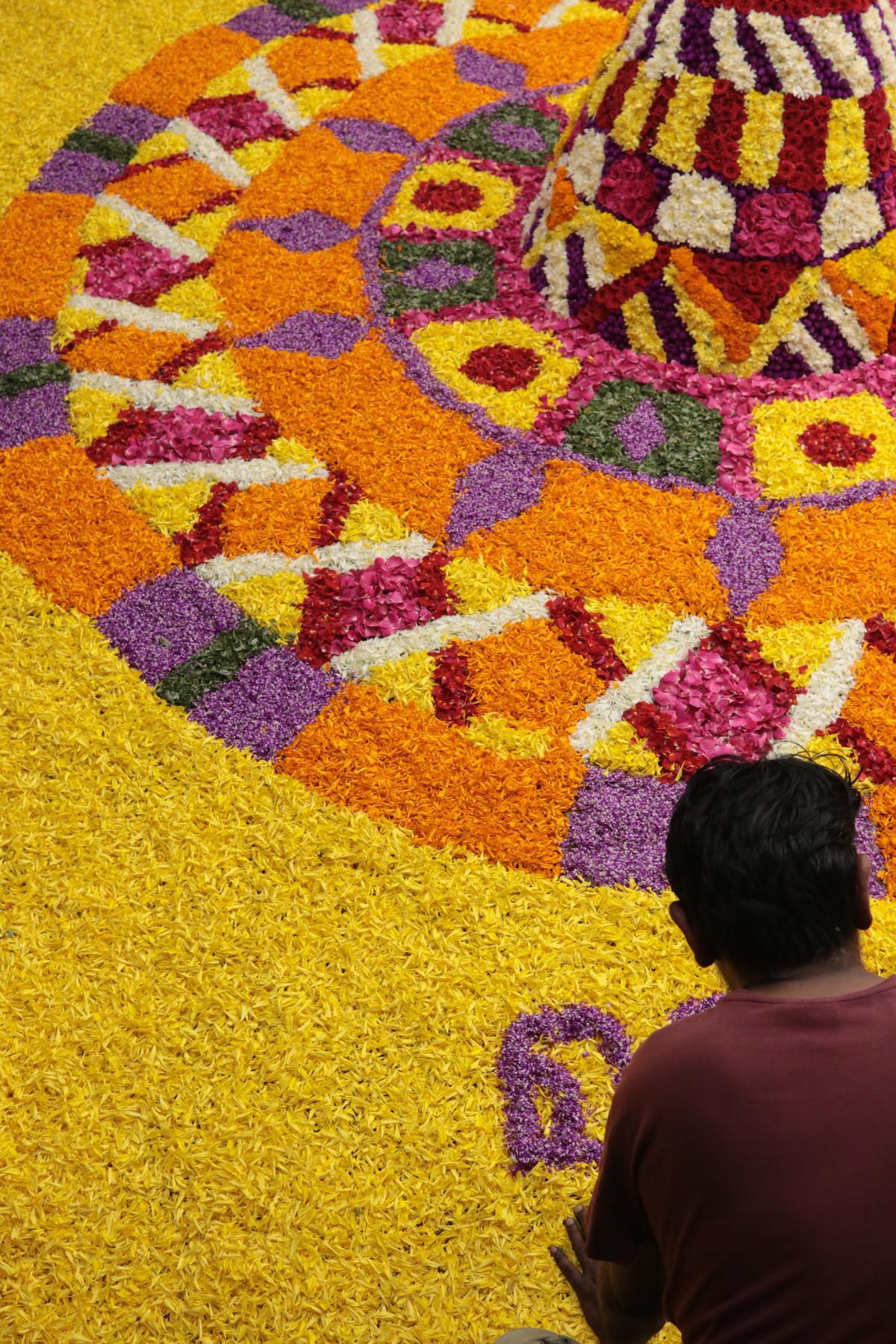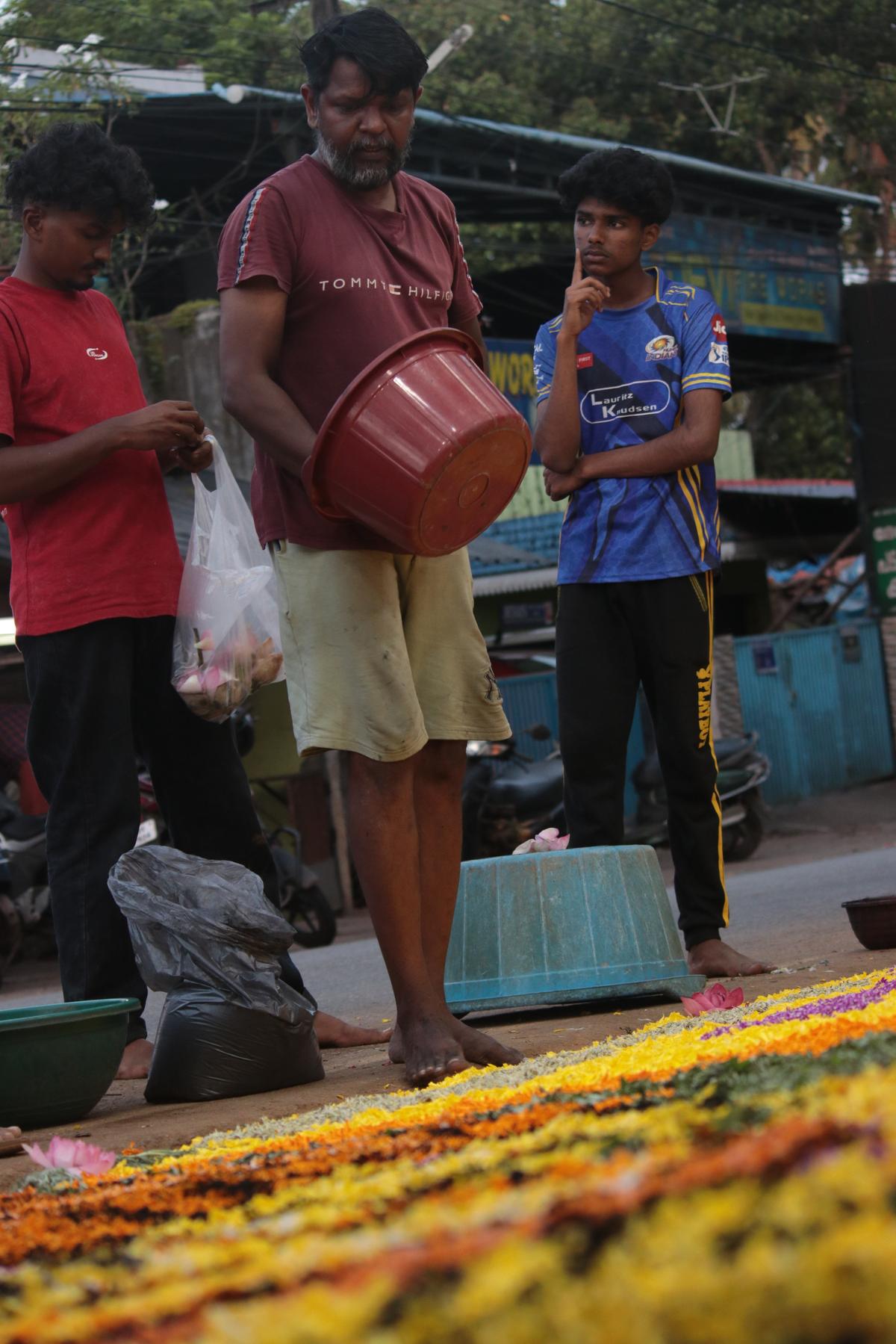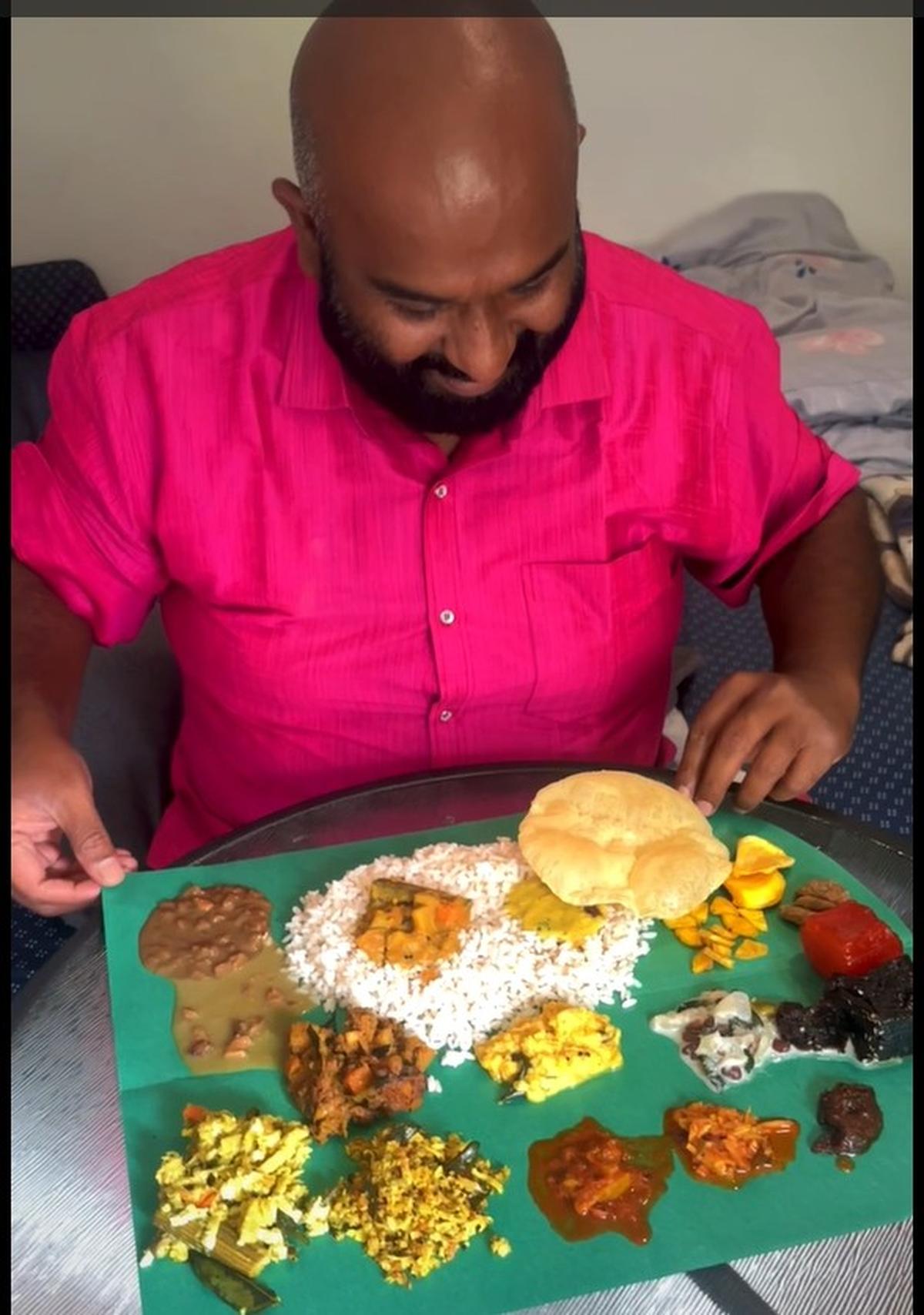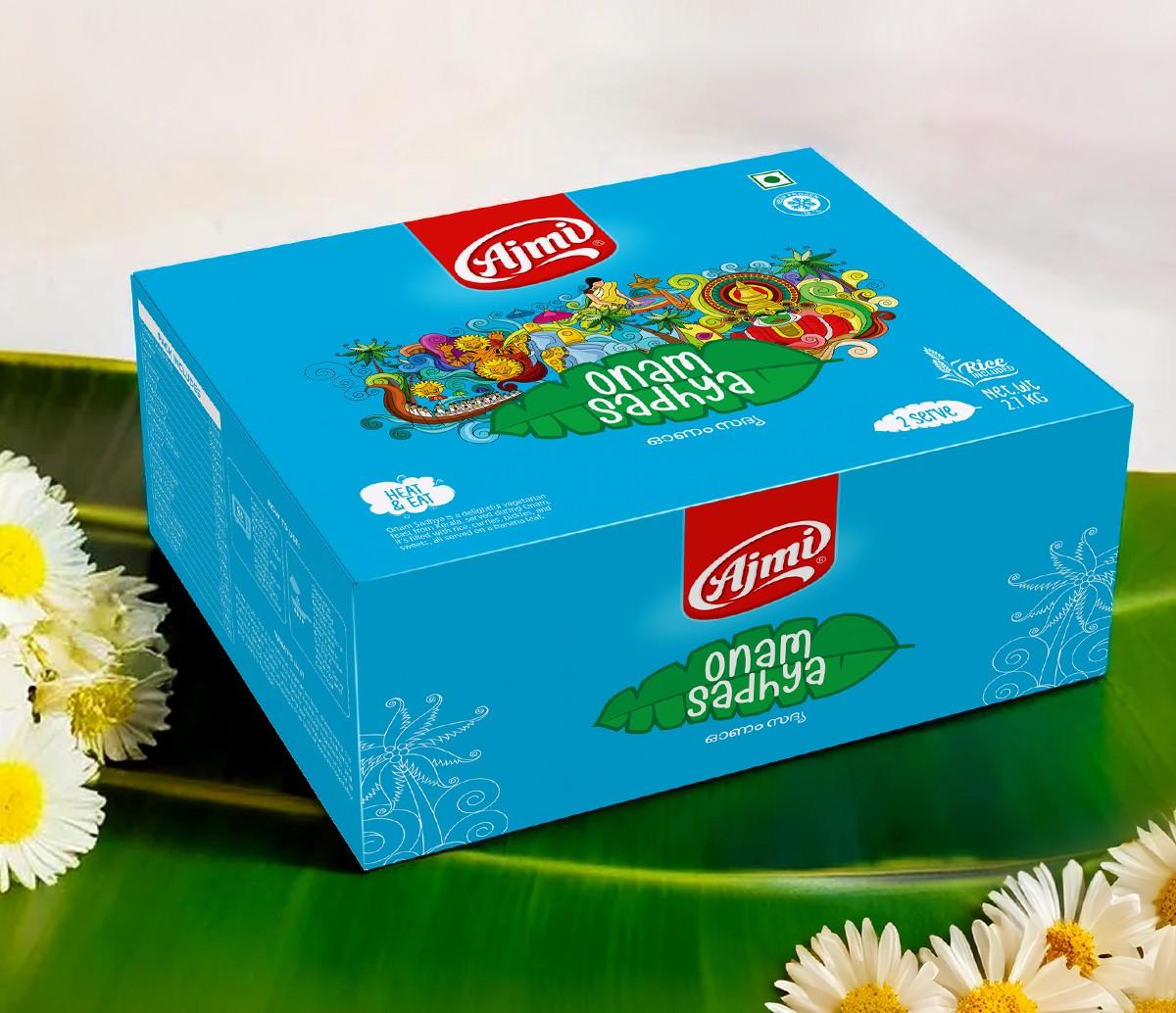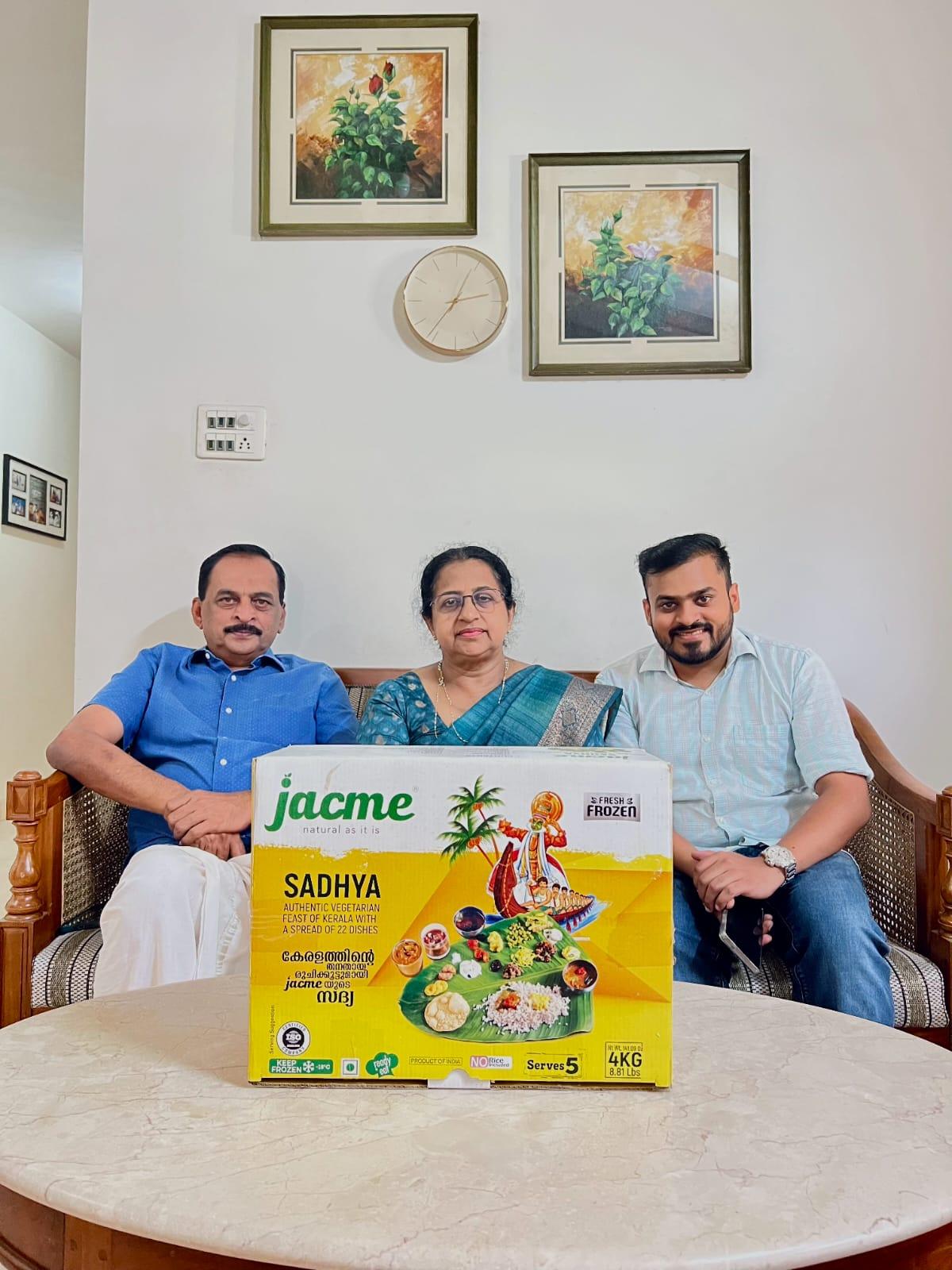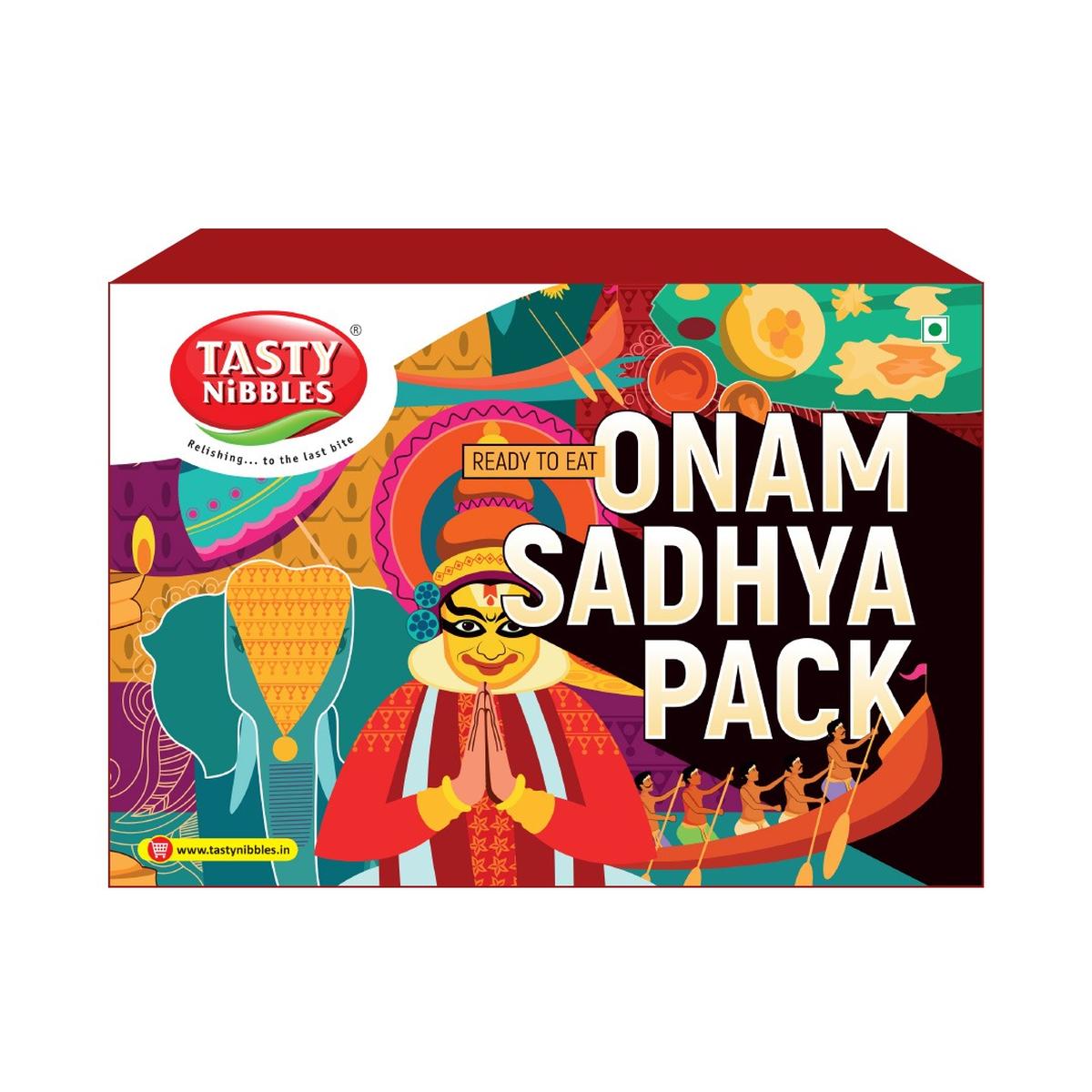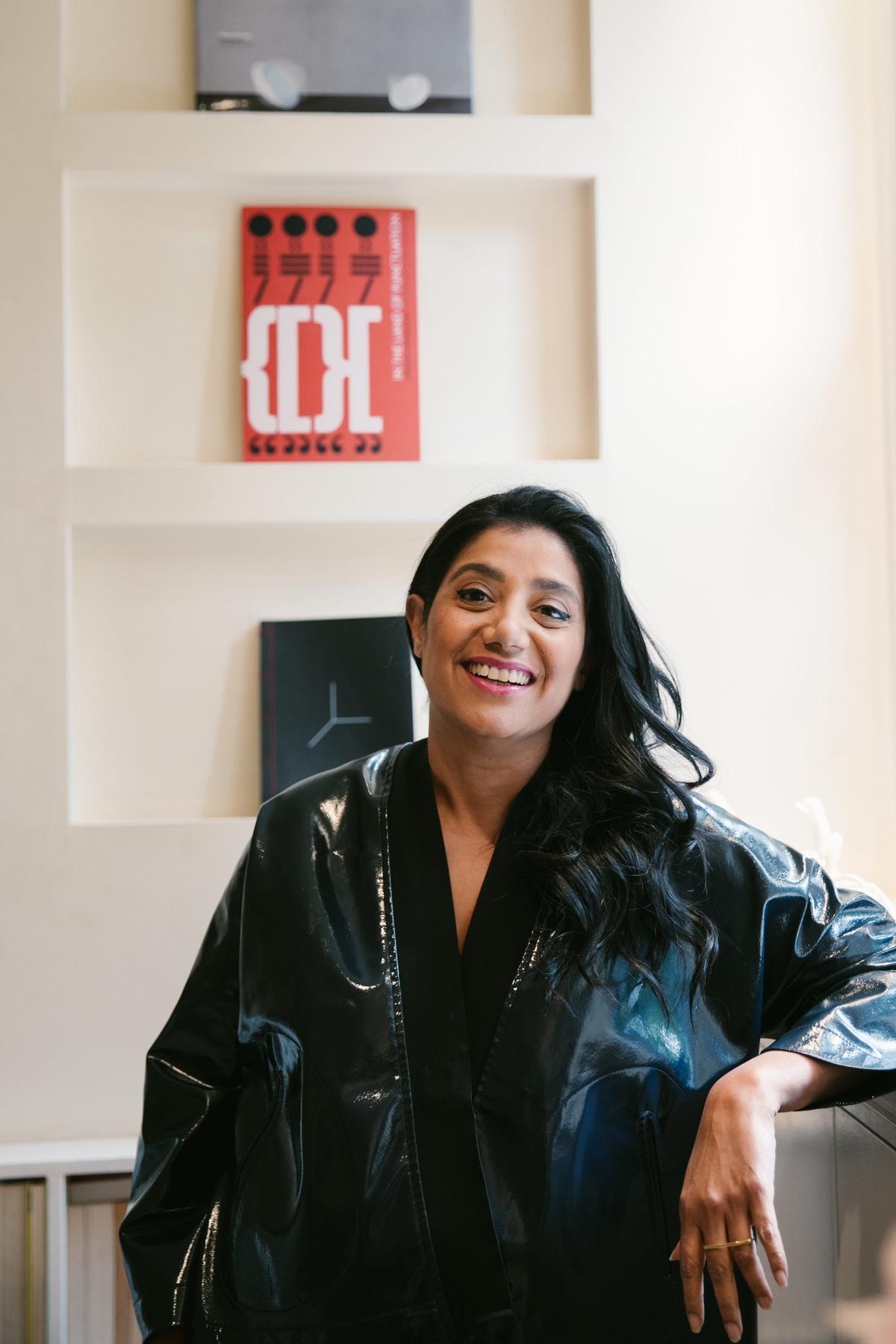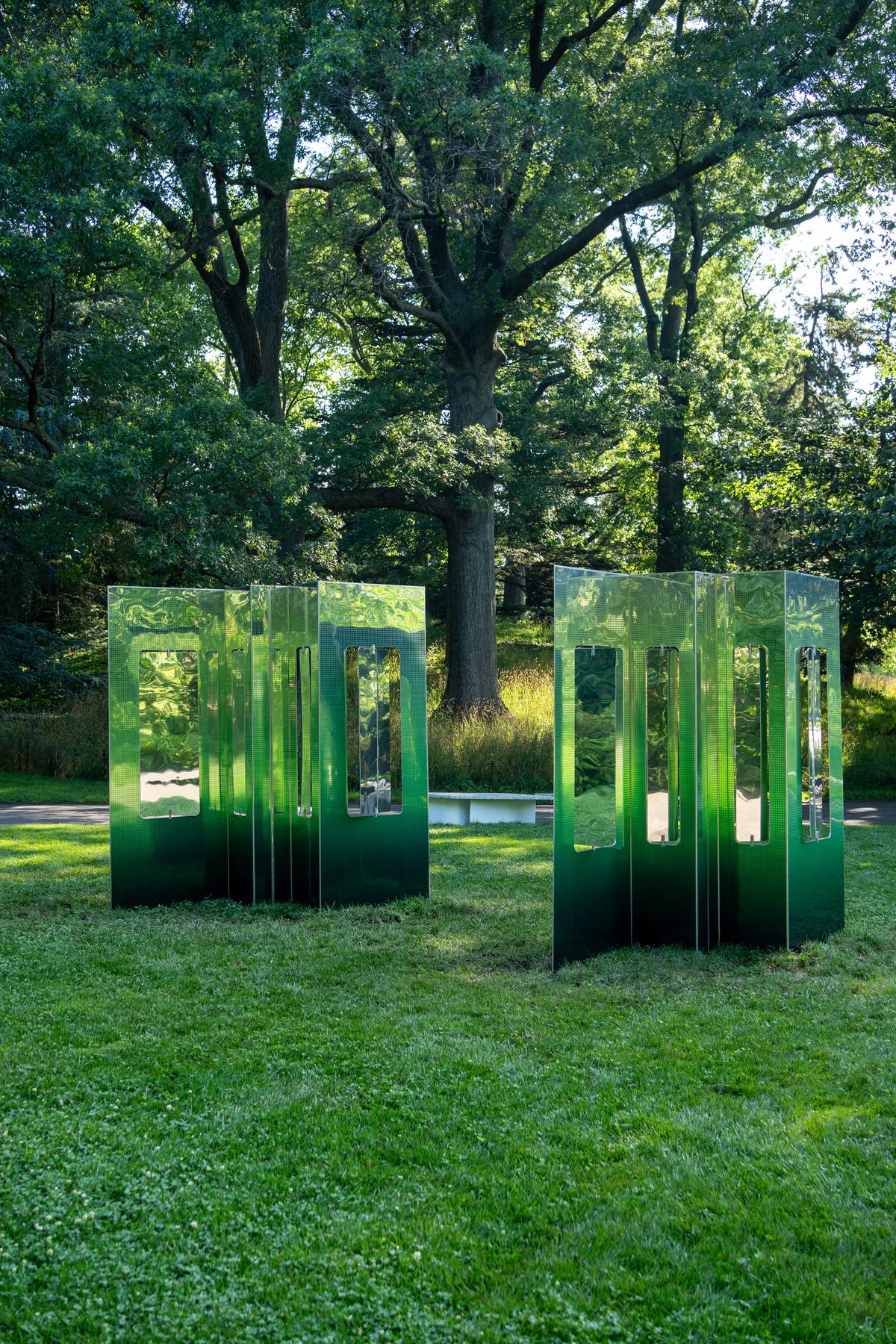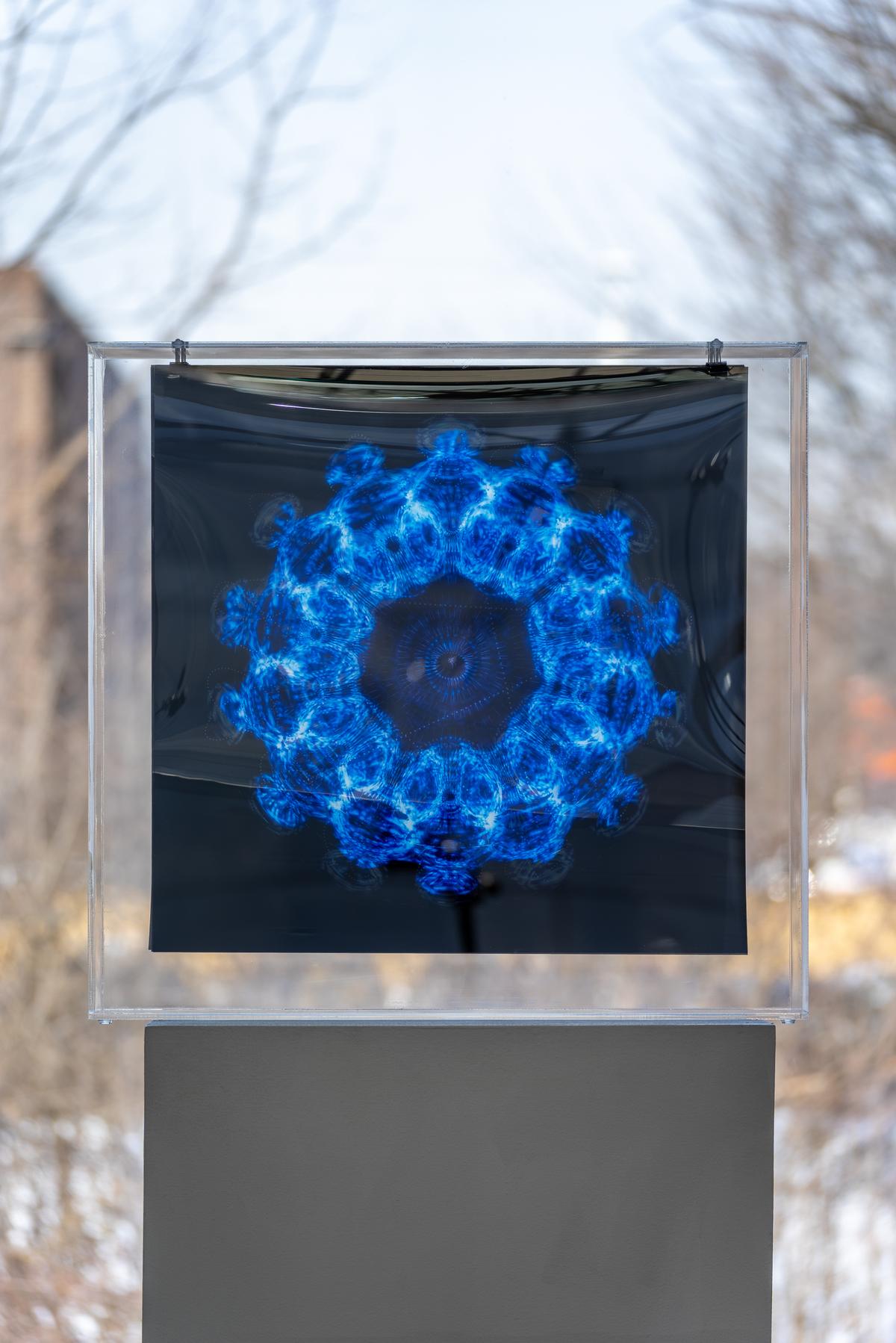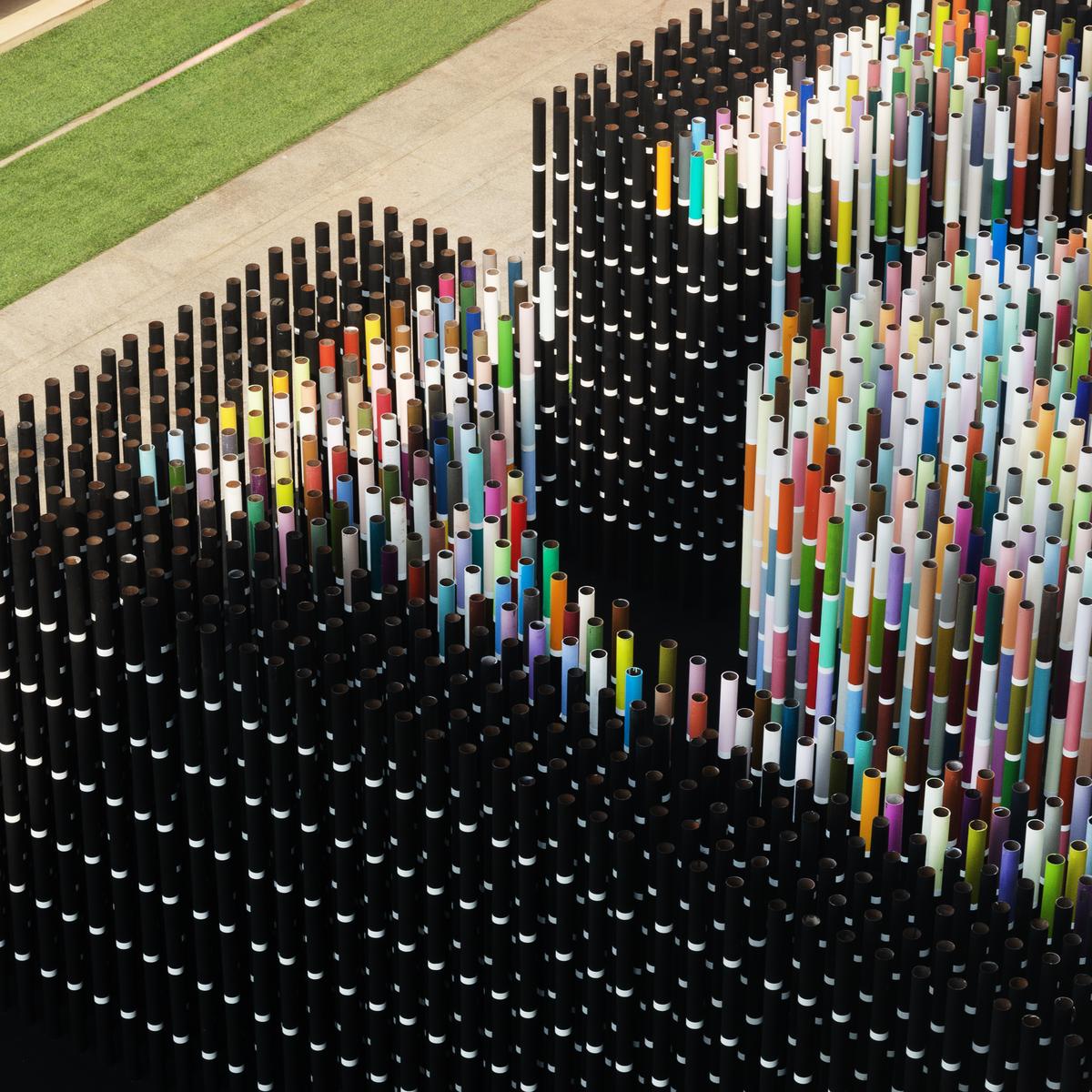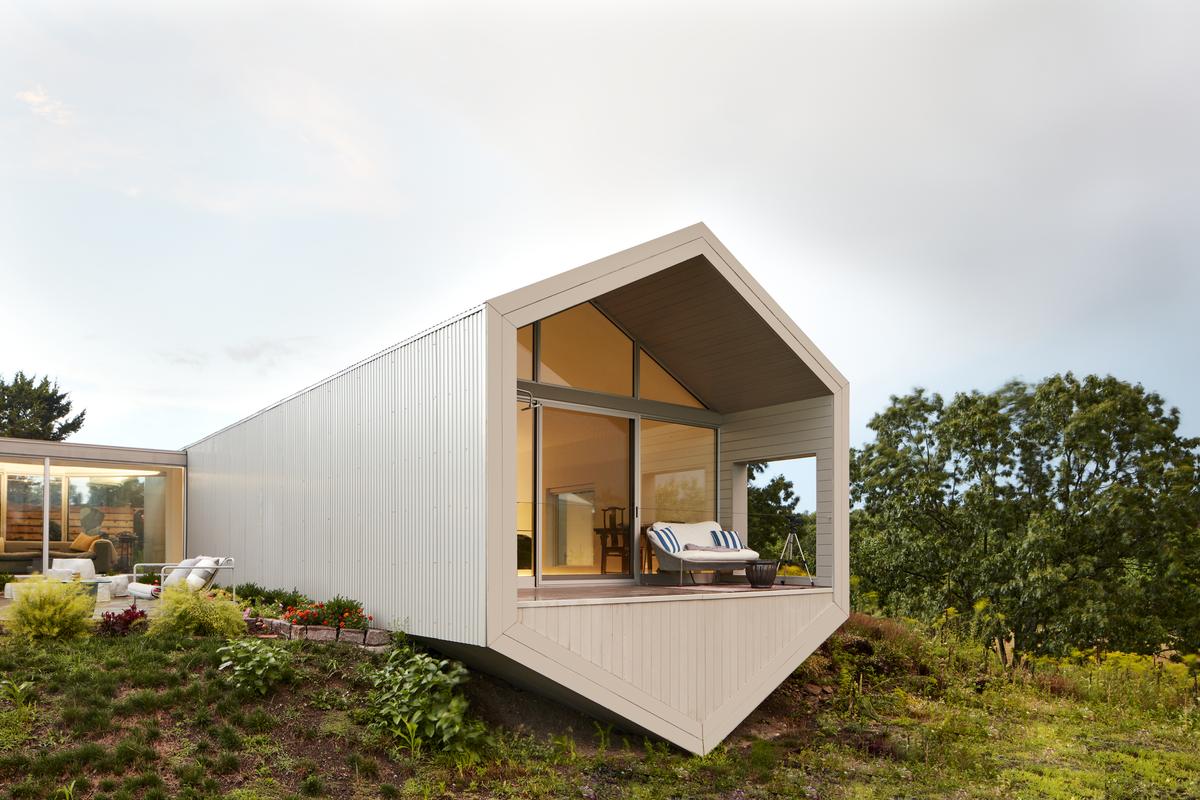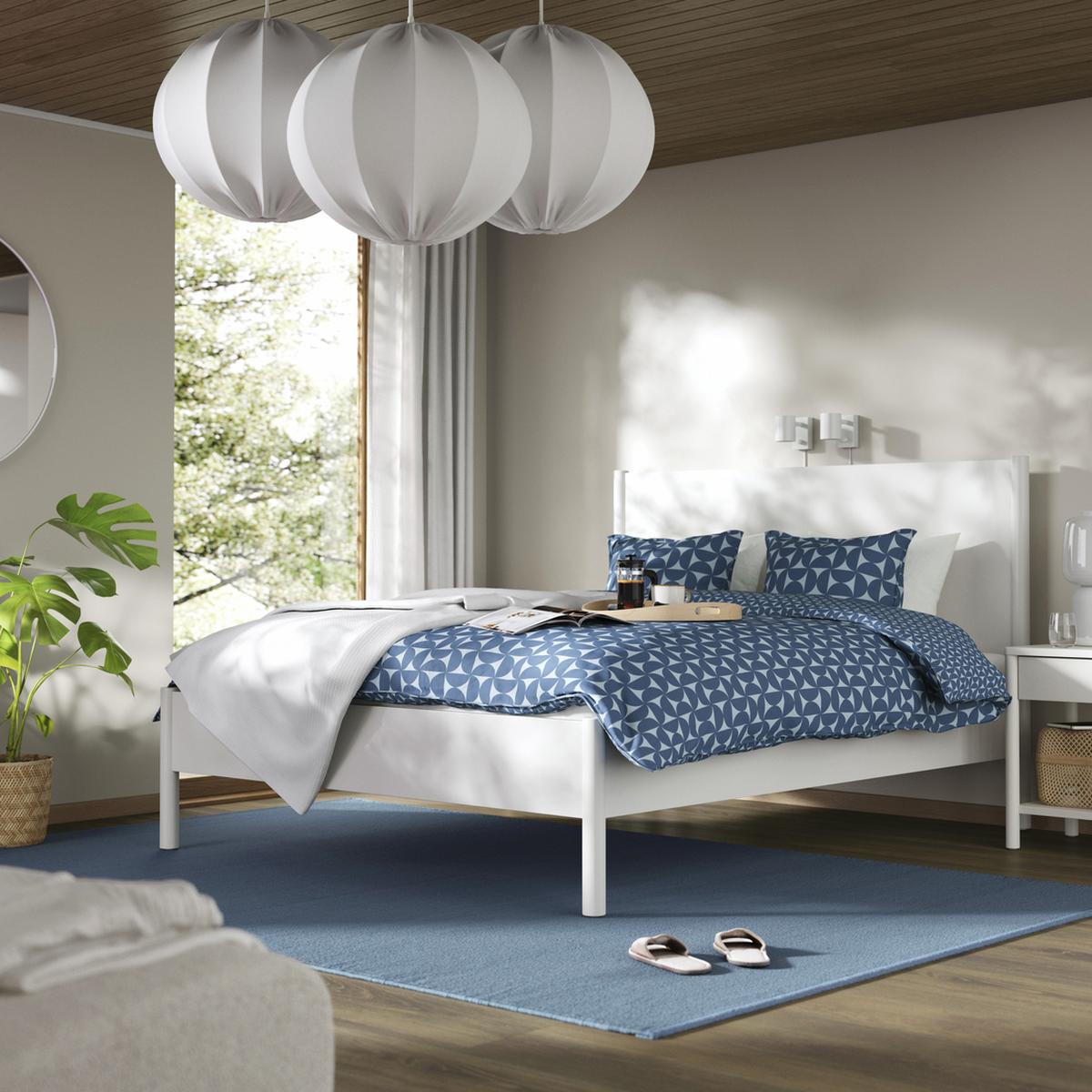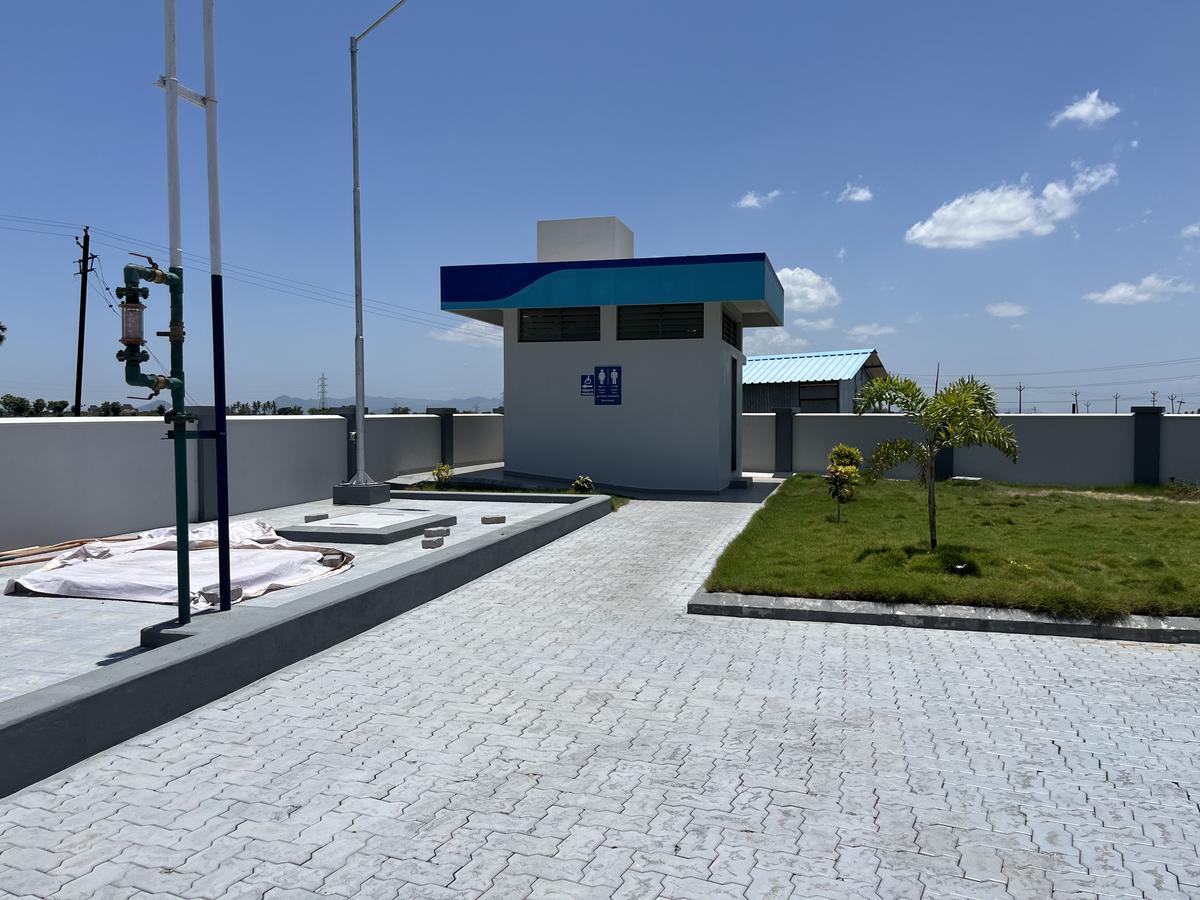Bartłomiej Malarz attributes his creative bent of mind to being an Aquarius: “Some people may not like what I say, but I really believe in that,” says the Bielsko-Biała-based dancer and choreographer, who was in Bengaluru as part of the Attakkalari Centre for Movement Arts’ Choreographic Residency programme supported by the Polish Institute, New Delhi. “Since I was a kid, I have felt the need to create,” he says. “I am 25 years old, and I have been creating for 25 years.”
His recent stint in Bengaluru was no exception, with Bartłomiej having recently created two works in collaboration with Attakkalari’s professional dancers as part of the residency. These dance compositions, “Points of Attraction” and “New Bio”, premiered on August 9 as part of the lineup of Samarpanā, an event that showcased the contemporary movement art centre’s pedagogical and creative initiatives.
“I am grateful to the Attakkalari Centre for Movement Arts, especially Jayachandran, the director, for hosting me and giving me time, space and trust,” says Bartłomiej, who was actively involved in the development of performance pieces with the Attakkalari Professional Development Programme, as well as the Diploma in Movement Arts & Pedagogy, during his residency, which kicked off in July. “The evening was a celebration, and I was very happy to be a part of it.”
About the artist
Bielsko-Biała-based dancer Bartłomiej Malarz
| Photo Credit:
Special Arrangement
Bartłomiej’s tryst with movement art began when he was around eight, when his parents started enrolling him in various classes, including art, theatre, and dance. “I stuck to dance thrice a week.” At around 15, he decided to pursue a professional career, enrolling in the Ludomir Różycki National Ballet School in Bytom, the only boy in his class. “The ballet school in Poland starts at 10, so I was late, but I was prepared for that,” says Bartłomiej, pointing out that the years spent in this “top ballet academy” were special thanks to his excellent teachers.
After graduating from the National Ballet School, where he was trained in the Vaganova (Russian) style of ballet, Bartłomiej joined the Wrocław Opera Ballet in 2019; he also currently serves as its assistant ballet director. He spent five years dancing before pivoting into choreography and teaching. “Thanks to that decision, I was able to visit Bengaluru and work with Attakkalari,” says Bartłomiej, who made his choreographic debut in 2016.
His early exposure to contemporary and modern dance techniques, coupled with his rigorous classical ballet training, means that his choreography style draws on both these worlds. “I admire the beautiful lines of classical ballet positions and enjoy the fluidity of contemporary dance.” Bartłomiej is often inspired to use floorwork technique with designs developed in ballet. Since he also practices yoga, he enjoys incorporating techniques derived from this discipline, and it has a significant impact on the way he works with the body. Bartłomiej’s work usually relates to nature. He strives to ensure that each piece, regardless of style, is unique. “Each programme is a lesson for me, so I push myself not to repeat the same patterns, but try something new each time.”
Bengaluru calling
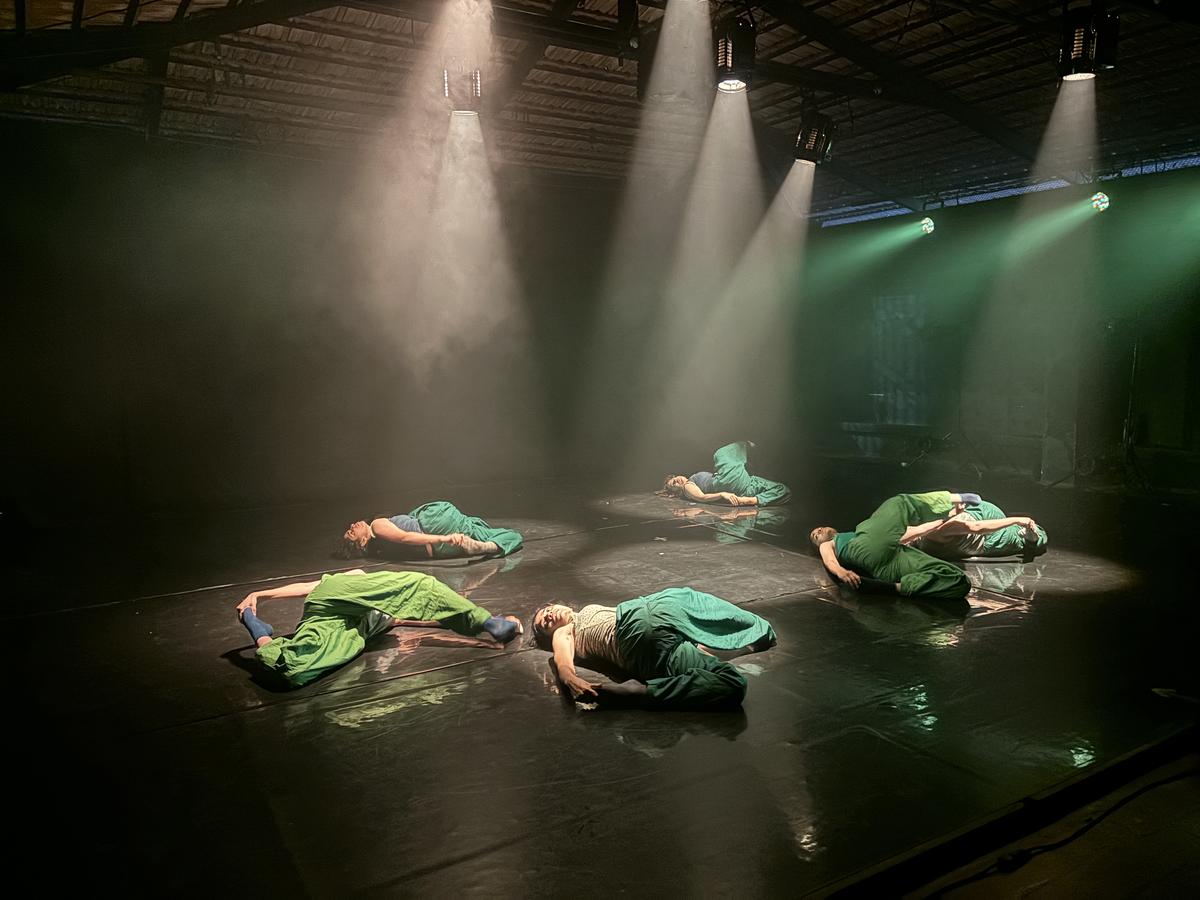
As part of his residency, Bartłomiej created two pieces of work
| Photo Credit:
Special Arrangement
In July, Bartłomiej, who is also part of the Polish-Japanese project, The Young Spirit of Dance, arrived in the city as part of the Attakkalari residency, which culminated in the Samarpanā showcase earlier this month. In the “chaotic aesthetic of Bengaluru”, what especially surprised him, was “that in this big city full of everything, there was an Attakkalari centre and ballet studio where I could be calm and focus on my work.”
He contrasts this to the environment back home in Europe, where everything is so fast, efficient and scheduled, leading to a constant time crunch, and adds, “I think that was the best part of this residency because I could really work with my ideas and see what was good, what was bad, what direction we could take…”
His next project, back in Poland, is with the teacher and choreographer who taught him when Bartłomiej was a child, “Our paths crossed after 15 years,” he says, with a smile. “With this opportunity, I am going back to dancing.” He is also working on a new choreography for The Young Spirit of Dance, “a worldwide project, which connects Japan and Poland in the ballet education area,” says Bartłomiej, who plans to return to India at least once more. “Bengaluru was a very good city for me because I am a vegetarian, and the city is just heaven for us. I had the best food of my life here in Bengaluru. Now I am waiting to also visit other cities, because I know they are beautiful.”


